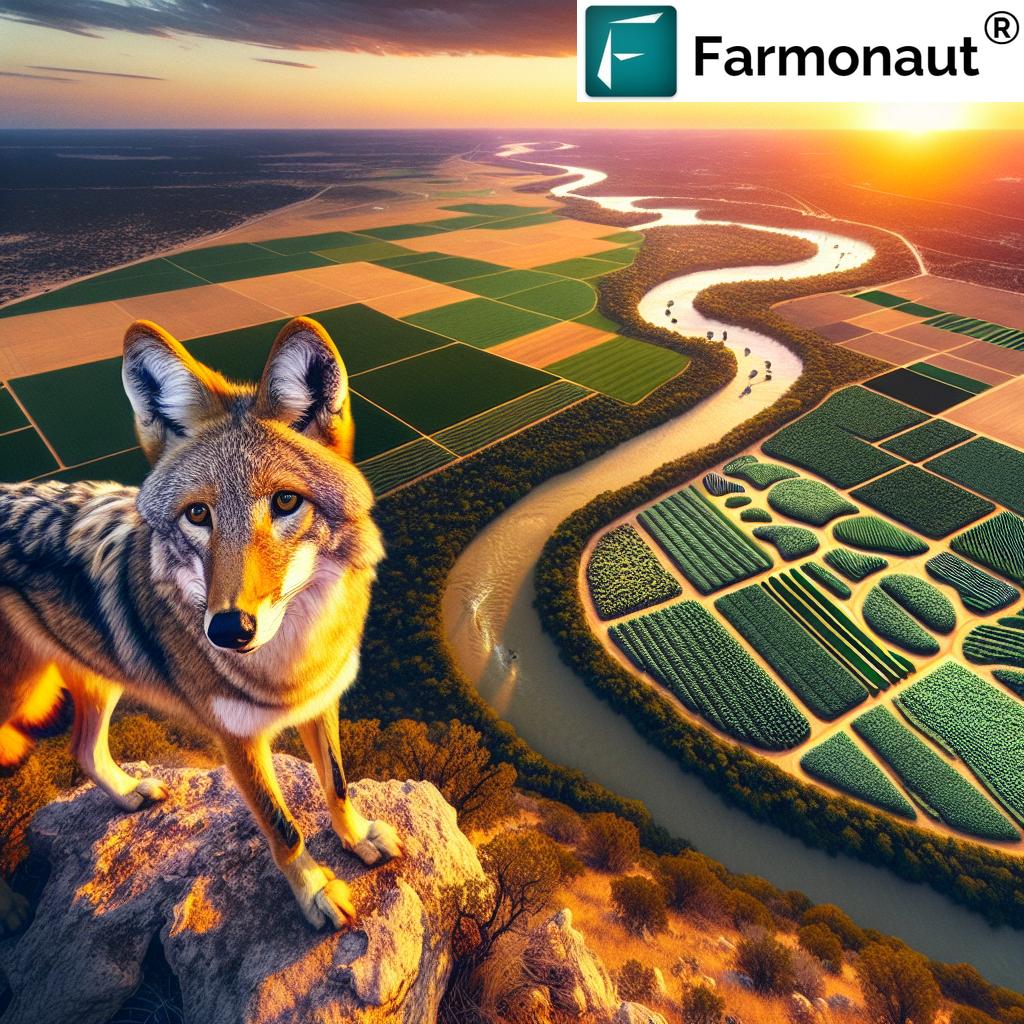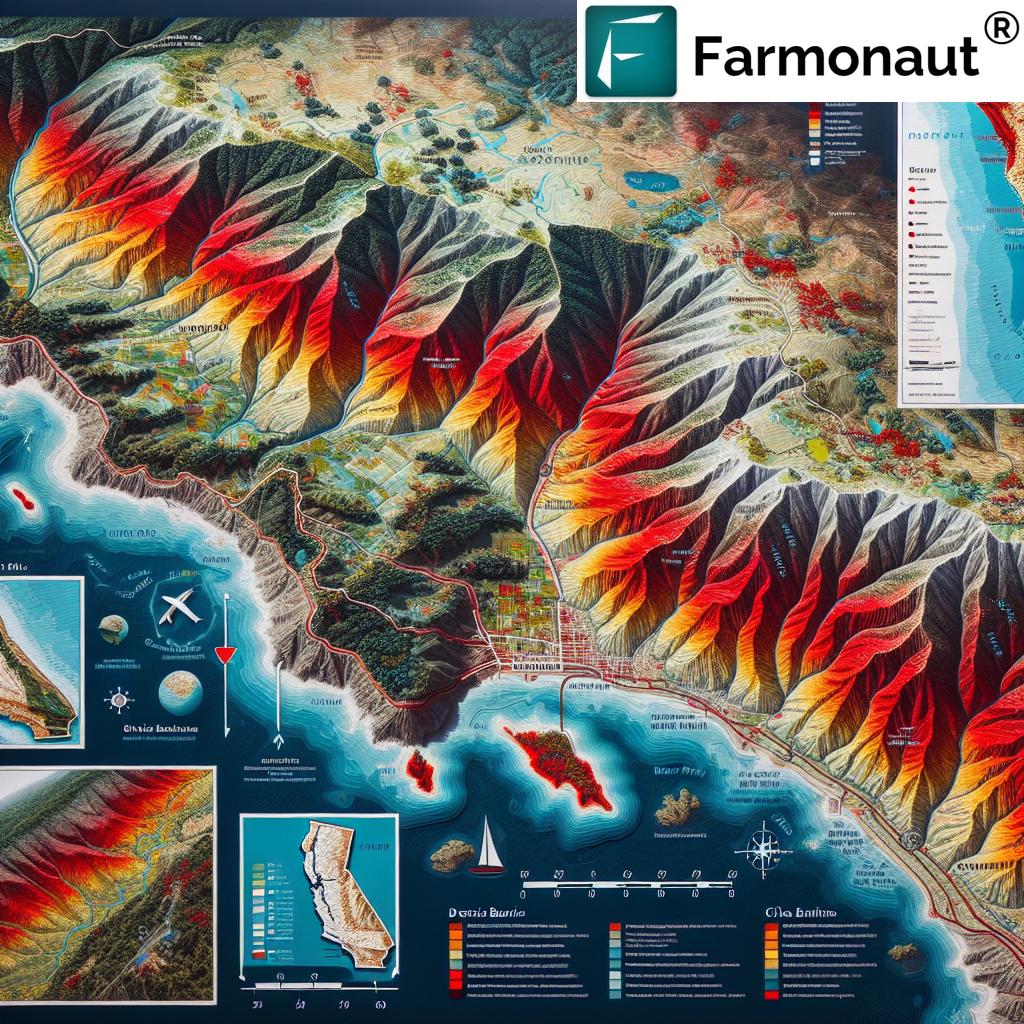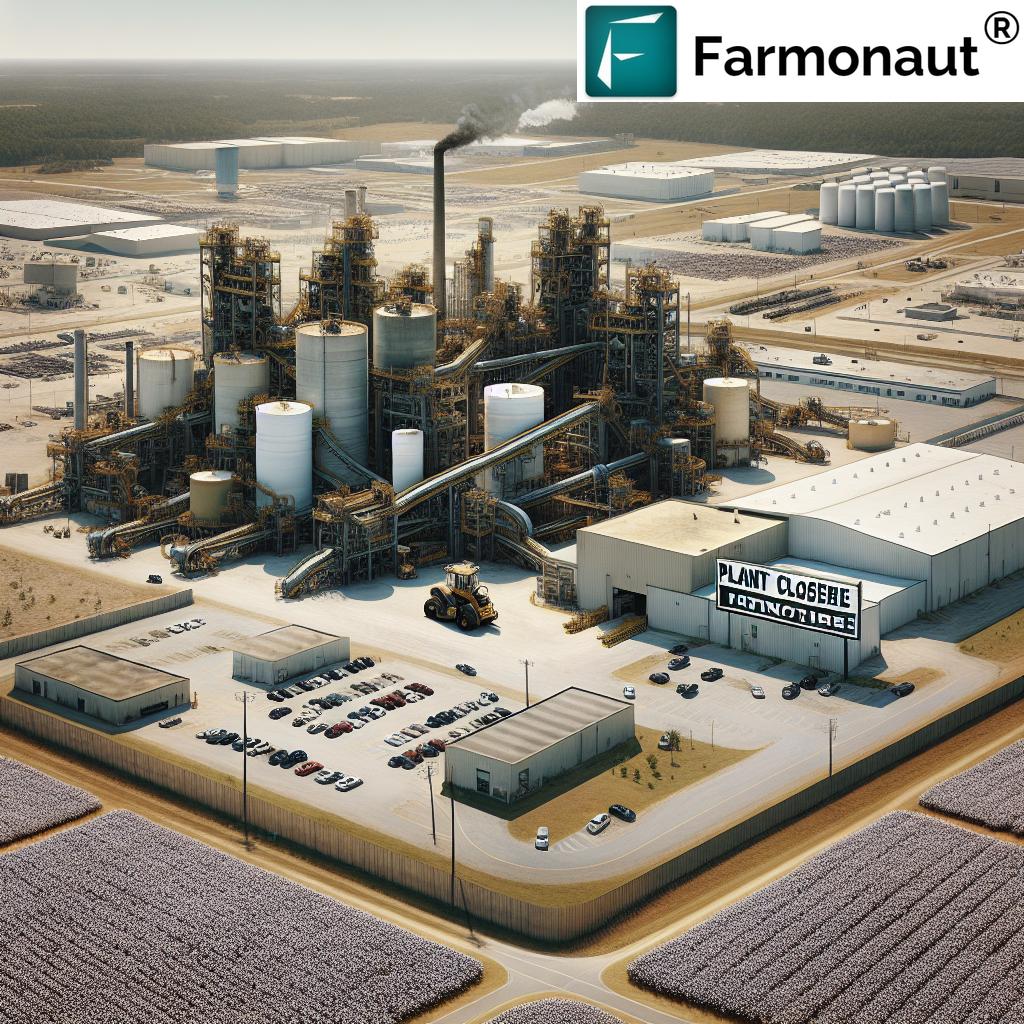Discover Illinois’ Hidden Treasures: A Guide to Wildflowers in Savannas and Thickets

“Illinois savannas and thickets host over 100 native wildflower species, including rare finds like giant hyssop and spreading dogbane.”
Welcome to our comprehensive guide on the vibrant world of native wildflowers in Illinois savannas and thickets. As we embark on this journey through the rich biodiversity of Illinois flora, we’ll explore the hidden treasures that make our state’s ecosystems truly remarkable. From the striking purple asters to the delicate white woodland anemones, we’ll delve into the fascinating realm of wildflower identification, conservation, and the crucial ecological roles these plants play in our natural heritage.
The Beauty and Importance of Illinois Savannas and Thickets
Illinois savannas and thickets are unique ecosystems that offer a stunning array of native wildflowers. These habitats are not only visually captivating but also serve as critical environments for a diverse range of plant and animal species. As we explore these hidden treasures, we’ll uncover the importance of preserving these delicate ecosystems and the role each wildflower plays in maintaining the balance of nature.
- Savannas: Open woodlands with scattered trees and a rich understory of grasses and wildflowers
- Thickets: Dense shrubby areas that provide shelter and food for wildlife while hosting unique wildflower species
Our journey through Illinois’ savannas and thickets will introduce you to over 100 plant species, including some rare and fascinating finds. We’ll learn how to identify these beautiful wildflowers and understand their significance in supporting native pollinator habitats and overall ecosystem health.
Native Wildflower Identification: A Key to Understanding Illinois Flora
Identifying native wildflowers is an essential skill for any nature enthusiast or conservationist. By learning to recognize these plants, we can better appreciate the diversity of Illinois flora and contribute to its preservation. Let’s start with some of the most iconic wildflowers you might encounter in Illinois savannas and thickets:
Purple Asters (Symphyotrichum sp.)
Purple asters are a common sight in Illinois savannas and thickets, brightening the landscape with their vibrant blooms. These hardy plants are not only beautiful but also play a crucial role in supporting native pollinators.
- Appearance: Daisy-like flowers with purple ray florets and yellow centers
- Blooming Season: Late summer to fall
- Ecological Importance: Vital food source for late-season pollinators
White Woodland Anemone (Anemone quinquefolia)
The delicate white woodland anemone is a harbinger of spring in Illinois savannas and thickets. These early bloomers are essential for providing nectar to emerging pollinators after winter.
- Appearance: Single white flowers with five to nine petal-like sepals
- Blooming Season: Early spring
- Ecological Importance: Early nectar source for pollinators

Giant Hyssop (Agastache nepetoides)
The giant hyssop is a rare find in Illinois savannas, standing tall with its impressive spikes of small, pale yellow flowers. This plant is a testament to the unique biodiversity of our state’s ecosystems.
- Appearance: Tall spikes of small, pale yellow flowers
- Blooming Season: Mid to late summer
- Ecological Importance: Attracts a variety of pollinators, including bees and butterflies
Spreading Dogbane (Apocynum androsaemifolium)
Spreading dogbane is another rare species found in Illinois thickets. Its delicate pink flowers and toxic sap make it an interesting subject for both botanists and ecologists.
- Appearance: Small, bell-shaped pink flowers with reddish stripes
- Blooming Season: Early to mid-summer
- Ecological Importance: Host plant for monarch butterfly larvae
As we continue our exploration of Illinois’ native wildflowers, it’s important to remember that these plants are not just beautiful additions to our landscape. They play crucial roles in maintaining the health and balance of our ecosystems. By learning to identify and appreciate these species, we take the first step towards becoming stewards of our natural heritage.
The Ecological Roles of Wildflowers in Savanna Ecosystems
Wildflowers are not just pretty faces in our savannas and thickets; they are essential components of these ecosystems, performing various vital functions:
- Pollinator Support: Many wildflowers provide nectar and pollen for bees, butterflies, and other insects.
- Soil Health: Deep-rooted prairie plants help prevent erosion and improve soil structure.
- Wildlife Habitat: Wildflowers offer food and shelter for numerous animal species.
- Carbon Sequestration: Native plants in savannas and thickets help capture and store carbon dioxide.
Understanding these ecological roles is crucial for conservation efforts and maintaining the delicate balance of our natural areas.
Rare Finds in Illinois Savannas and Thickets
While exploring Illinois’ savannas and thickets, keep an eye out for these rare and fascinating wildflower species:
- Sand Cress (Arabidopsis lyrata): A delicate white flower found in sandy savannas
- Pale Indian Plantain (Arnoglossum atriplicifolium): A tall plant with clusters of white flowers
- False Foxglove (Aureolaria spp.): Yellow flowers that are partially parasitic on oak tree roots
- Climbing Fumitory (Adlumia fungosa): A delicate vine with pink, heart-shaped flowers
These rare species highlight the unique biodiversity of Illinois and underscore the importance of preserving our natural areas.
Conservation Techniques for Preserving Illinois’ Natural Heritage
Preserving Illinois’ wildflower habitats is crucial for maintaining biodiversity and ecological health. Here are some key conservation techniques we can employ:
- Habitat Restoration: Removing invasive species and reintroducing native plants
- Controlled Burns: Mimicking natural fire cycles to promote native plant growth
- Seed Banking: Collecting and storing seeds of rare species for future restoration efforts
- Public Education: Raising awareness about the importance of native plants and ecosystems
“The comprehensive guide explores identification and conservation techniques for preserving Illinois’ unique wildflower ecosystems, supporting native pollinator habitats.”
By implementing these conservation strategies, we can help ensure that future generations will be able to enjoy the beauty and ecological benefits of Illinois’ native wildflowers.
Wildflower Species Comparison Table
| Species Name | Flower Color | Blooming Season | Habitat Preference | Ecological Importance |
|---|---|---|---|---|
| Purple Aster (Symphyotrichum spp.) | Purple | Late Summer – Fall | Savannas, Thickets | Supports late-season pollinators |
| Woodland Anemone (Anemone quinquefolia) | White | Early Spring | Woodlands, Thickets | Early nectar source for emerging insects |
| Giant Hyssop (Agastache nepetoides) | Pale Yellow | Mid – Late Summer | Savannas | Attracts diverse pollinators |
| Spreading Dogbane (Apocynum androsaemifolium) | Pink | Early – Mid Summer | Thickets | Host plant for monarch butterflies |
| Wild Sunflower (Helianthus spp.) | Yellow | Summer – Fall | Savannas, Prairies | Seed source for birds and small mammals |
| Common Blackberry (Rubus allegheniensis) | White | Late Spring – Early Summer | Thickets | Provides food and shelter for wildlife |
| Pale Indian Plantain (Arnoglossum atriplicifolium) | White | Summer | Savannas, Woodlands | Indicator of high-quality natural areas |
| Sand Cress (Arabidopsis lyrata) | White | Spring – Early Summer | Sandy Savannas | Adapted to nutrient-poor soils |
| False Foxglove (Aureolaria spp.) | Yellow | Summer – Fall | Oak Savannas | Partial root parasite on oaks |
| Rough Blazing Star (Liatris aspera) | Purple | Late Summer – Fall | Dry Savannas | Attracts butterflies and bees |
This table provides a quick reference for some of the key wildflower species found in Illinois savannas and thickets. By understanding their characteristics and ecological roles, we can better appreciate and protect these valuable plants.
Explore Farmonaut’s API for agricultural insights
Supporting Native Pollinator Habitats
One of the most critical roles of wildflowers in savannas and thickets is supporting native pollinator habitats. Pollinators such as bees, butterflies, and hummingbirds rely on these flowers for nectar and pollen. In turn, these pollinators are essential for the reproduction of many plant species, including crops that we depend on for food.
To support native pollinator habitats, we can:
- Plant native wildflowers in our gardens and community spaces
- Avoid using pesticides that can harm pollinators
- Leave some areas of our yards “wild” to provide shelter for pollinators
- Support conservation efforts that protect and restore native habitats
By taking these steps, we can help ensure the survival of both our native wildflowers and the pollinators that depend on them.
Exploring Illinois Flora: A Journey Through the Seasons
Illinois’ savannas and thickets offer a changing tapestry of wildflowers throughout the year. Let’s take a journey through the seasons to discover what we might find:
Spring
As the snow melts and temperatures rise, early spring wildflowers begin to emerge. Look for:
- Woodland Anemone (Anemone quinquefolia): Delicate white flowers carpeting the forest floor
- Wild Geranium (Geranium maculatum): Pink to lavender flowers in partially shaded areas
- Virginia Bluebells (Mertensia virginica): Clusters of blue, bell-shaped flowers in moist woodlands
Summer
Summer brings a burst of color to Illinois savannas and thickets. Keep an eye out for:
- Wild Bergamot (Monarda fistulosa): Lavender flowers that attract butterflies and hummingbirds
- Pale Purple Coneflower (Echinacea pallida): Tall plants with drooping light purple petals
- Compass Plant (Silphium laciniatum): Yellow sunflower-like blooms on tall stalks
Fall
As summer fades, fall-blooming wildflowers take center stage:
- New England Aster (Symphyotrichum novae-angliae): Vibrant purple flowers that are a late-season nectar source
- Goldenrod (Solidago spp.): Bright yellow plumes that support a variety of pollinators
- Bottle Gentian (Gentiana andrewsii): Deep blue, closed flowers that only bumblebees can access
Check out Farmonaut’s API Developer Docs for advanced agricultural data
Native Plant Conservation Techniques
Preserving Illinois’ native wildflowers requires a multifaceted approach. Here are some key conservation techniques that we can implement:
- Invasive Species Management: Removing non-native plants that compete with native wildflowers
- Prescribed Burns: Carefully controlled fires that mimic natural processes and promote native plant growth
- Seed Collection and Propagation: Gathering seeds from native plants to grow and reintroduce in restoration projects
- Habitat Connectivity: Creating corridors between natural areas to allow for plant and animal movement
- Sustainable Land Management: Working with landowners to implement practices that support native flora
By employing these techniques, we can help ensure the long-term survival of Illinois’ unique wildflower species and the ecosystems they support.
The Role of Technology in Wildflower Conservation
In today’s digital age, technology plays an increasingly important role in conservation efforts. Here are some ways that modern tools are helping to preserve Illinois’ wildflower heritage:
- Citizen Science Apps: Smartphone applications that allow nature enthusiasts to record and share wildflower sightings, contributing to scientific databases
- GIS Mapping: Geographic Information Systems help track the distribution and health of wildflower populations across the state
- Remote Sensing: Satellite imagery and drones can monitor large areas of habitat, identifying threats and changes over time
- DNA Sequencing: Advanced genetic techniques help researchers understand the relationships between plant species and guide conservation strategies
These technological advancements are crucial in our efforts to protect and preserve Illinois’ native wildflowers for future generations.
Challenges Facing Illinois Wildflowers
Despite our best efforts, Illinois’ native wildflowers face numerous challenges. Understanding these threats is crucial for developing effective conservation strategies:
- Habitat Loss: Urban development and agricultural expansion continue to reduce natural areas
- Climate Change: Shifting weather patterns can affect blooming times and habitat suitability
- Invasive Species: Non-native plants can outcompete native wildflowers for resources
- Overgrazing: Excessive deer populations can damage wildflower communities
- Pollution: Air and water pollution can negatively impact plant health and reproduction
By addressing these challenges head-on, we can work towards a brighter future for Illinois’ wildflowers and the ecosystems they support.
How You Can Help Protect Illinois Wildflowers
Everyone can play a role in preserving Illinois’ native wildflowers. Here are some ways you can get involved:
- Plant native species in your garden or community spaces
- Participate in local restoration projects or volunteer at nature preserves
- Support organizations dedicated to native plant conservation
- Educate others about the importance of native wildflowers
- Practice responsible outdoor recreation to minimize impact on natural areas
By taking these steps, we can all contribute to the protection and preservation of Illinois’ beautiful and ecologically important wildflowers.
Conclusion: The Future of Illinois Wildflowers
As we conclude our journey through the hidden treasures of Illinois’ savannas and thickets, we’re reminded of the incredible diversity and beauty of our state’s native wildflowers. From the striking purple asters to the rare giant hyssop, these plants are not just a feast for the eyes but also crucial components of our ecosystems.
By understanding the importance of native wildflower identification, conservation techniques, and the ecological roles these plants play, we can all become stewards of Illinois’ natural heritage. Whether you’re a nature enthusiast, botanist, or simply someone who appreciates the beauty of wildflowers, there’s a role for you in protecting these valuable resources.
As we look to the future, let’s commit to preserving Illinois’ savannas and thickets, ensuring that generations to come can experience the wonder of our state’s native wildflowers. Together, we can make a difference in safeguarding these biodiverse habitats and the countless species that depend on them.
FAQ: Illinois Wildflowers in Savannas and Thickets
Q: What is a savanna ecosystem?
A: A savanna ecosystem is characterized by scattered trees with an understory of grasses and wildflowers. In Illinois, oak savannas are particularly common, featuring open-grown oak trees and a diverse herbaceous layer.
Q: How many wildflower species can be found in Illinois savannas and thickets?
A: Illinois savannas and thickets are home to over 100 native wildflower species, ranging from common flowers to rare and endangered plants.
Q: Why are native wildflowers important?
A: Native wildflowers are crucial for supporting local ecosystems. They provide food and habitat for pollinators, help prevent soil erosion, and contribute to the overall biodiversity of the region.
Q: How can I identify wildflowers in Illinois?
A: You can identify wildflowers by observing their flower color, shape, size, leaf arrangement, and blooming season. Field guides, mobile apps, and local nature centers can be helpful resources for identification.
Q: What are some rare wildflowers found in Illinois savannas and thickets?
A: Some rare wildflowers in Illinois include the giant hyssop (Agastache nepetoides), spreading dogbane (Apocynum androsaemifolium), and pale Indian plantain (Arnoglossum atriplicifolium).
Q: How can I help conserve Illinois wildflowers?
A: You can help by planting native species in your garden, supporting local conservation organizations, participating in restoration projects, and educating others about the importance of native plants.
Q: Are there any invasive species that threaten Illinois wildflowers?
A: Yes, several invasive species threaten native wildflowers in Illinois. Some examples include garlic mustard, buckthorn, and honeysuckle. Removing these invasives can help protect native plant communities.
Q: Can I pick wildflowers in Illinois state parks or nature preserves?
A: It is generally not allowed to pick wildflowers in state parks or nature preserves. This helps protect plant populations and ensures that others can enjoy their beauty. Always follow the “leave no trace” principle when visiting natural areas.
Q: What is the best time of year to see wildflowers in Illinois?
A: Wildflowers can be seen from early spring through late fall in Illinois. Spring (April-May) is particularly good for woodland wildflowers, while summer and fall (June-October) are excellent for prairie and savanna species.
Q: How do prescribed burns help wildflowers?
A: Prescribed burns help control woody vegetation, reduce competition from non-native species, and stimulate the growth and reproduction of fire-adapted native plants, including many wildflower species.




















